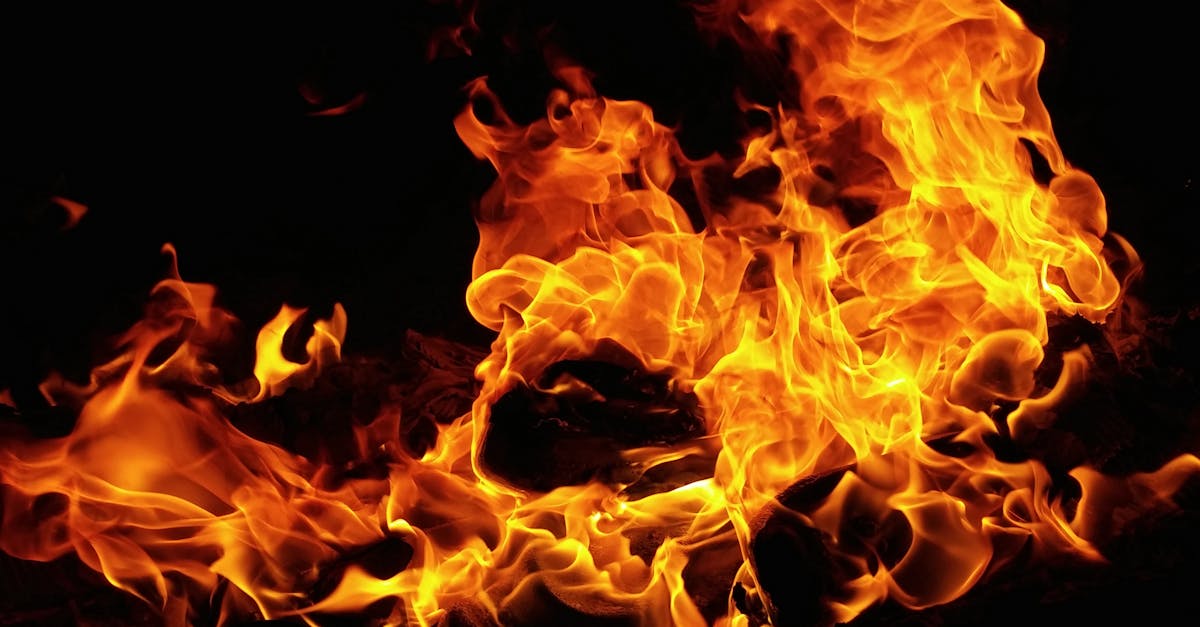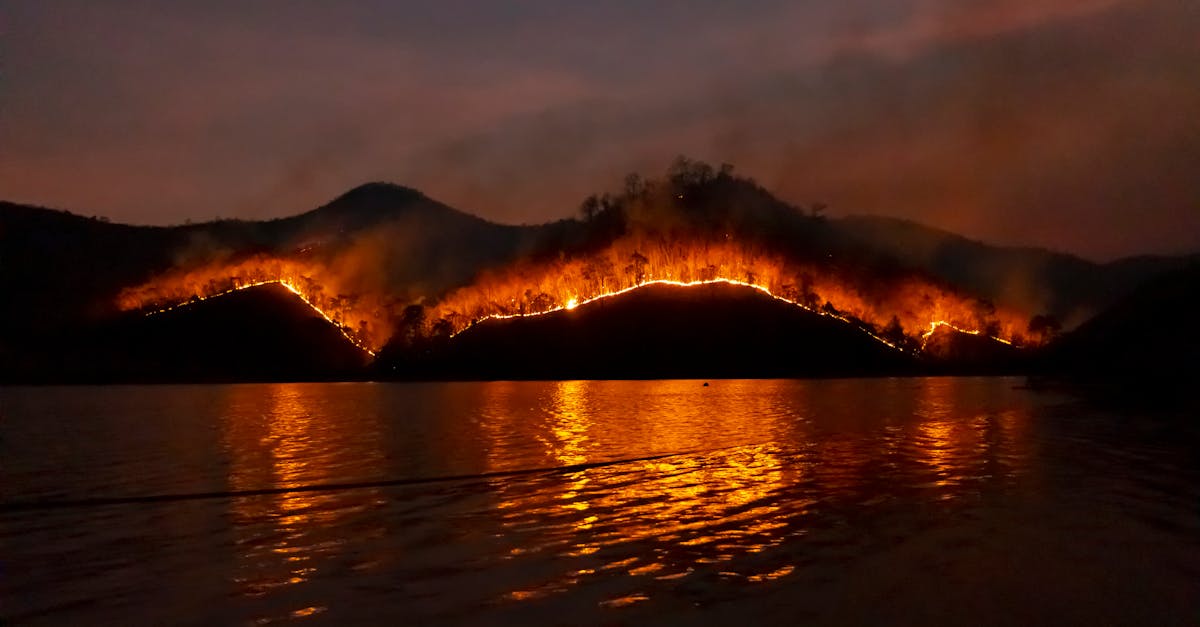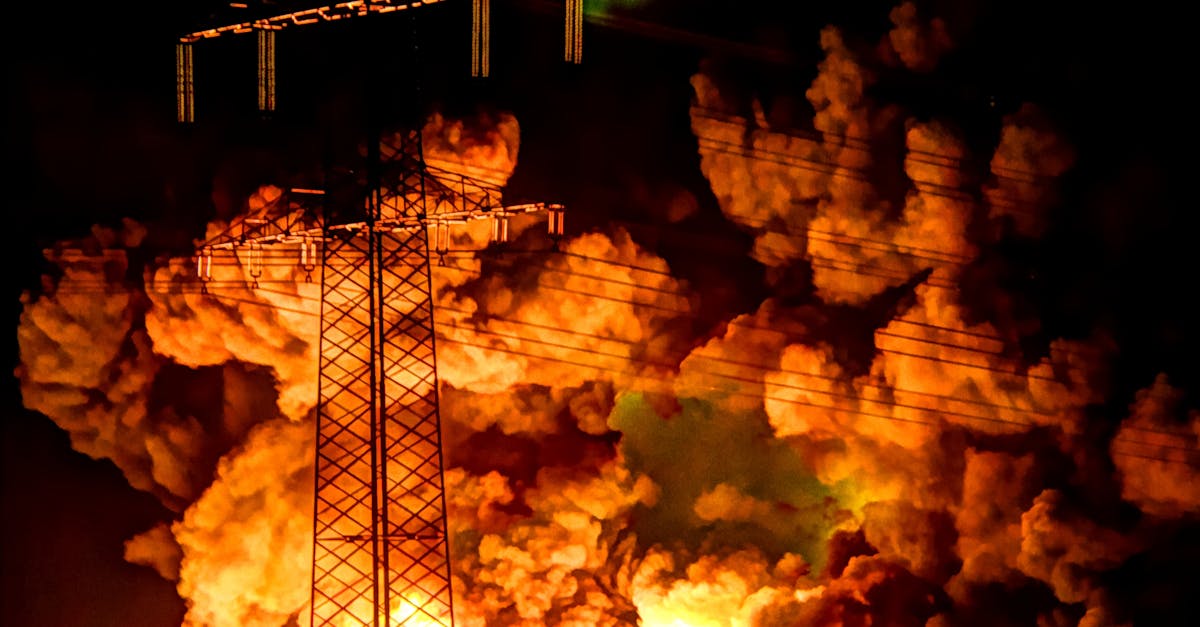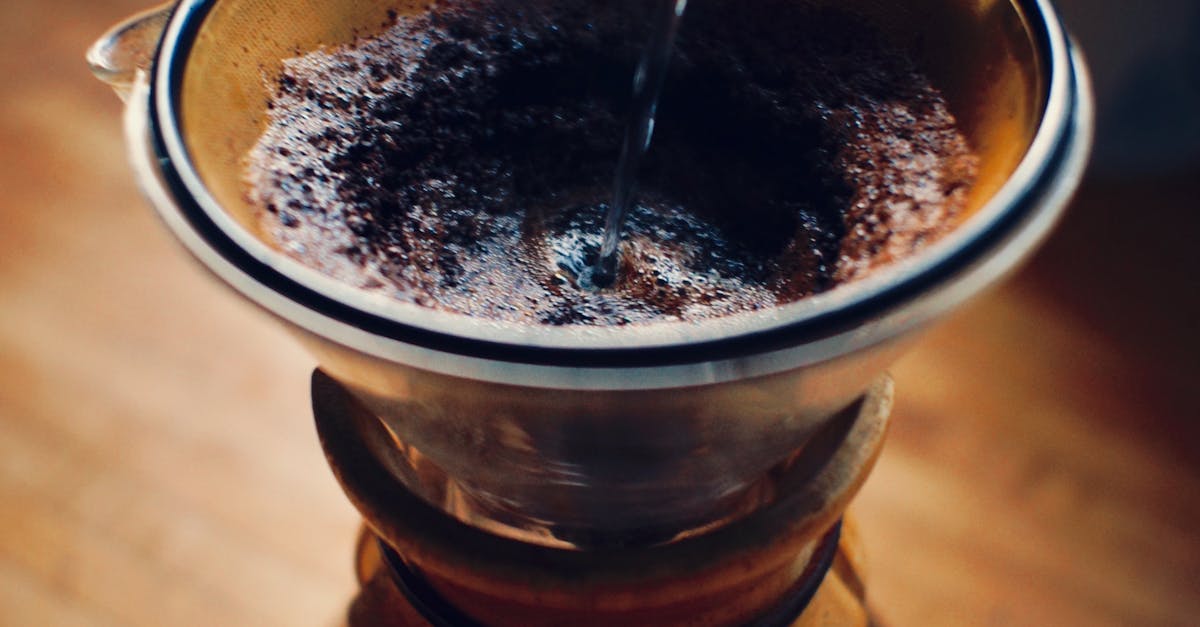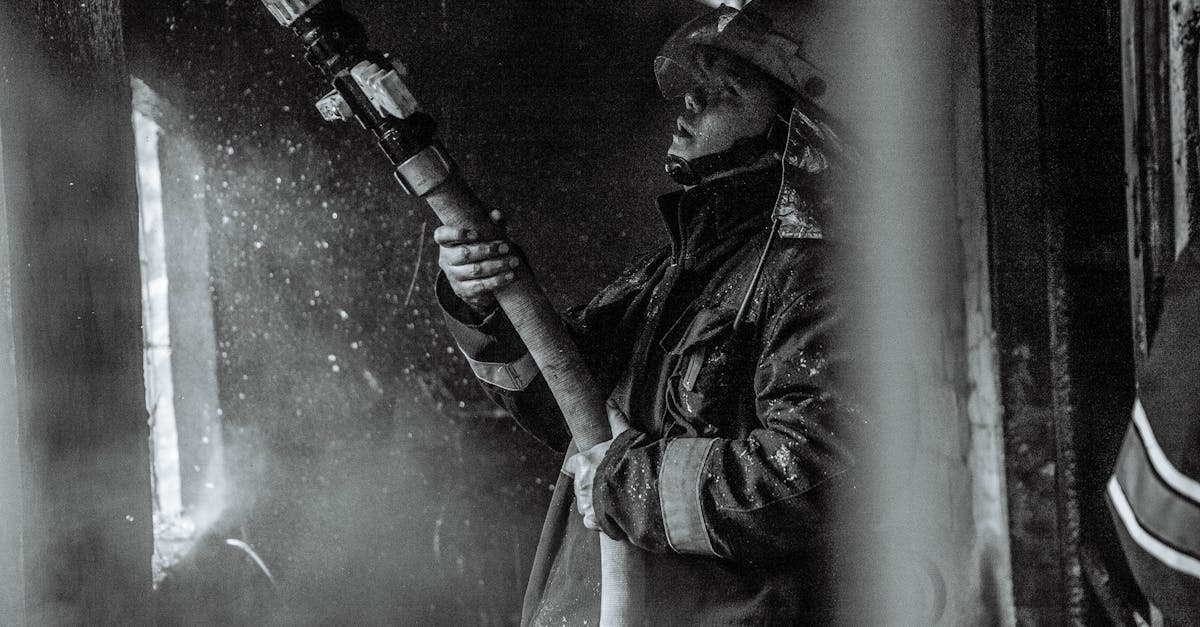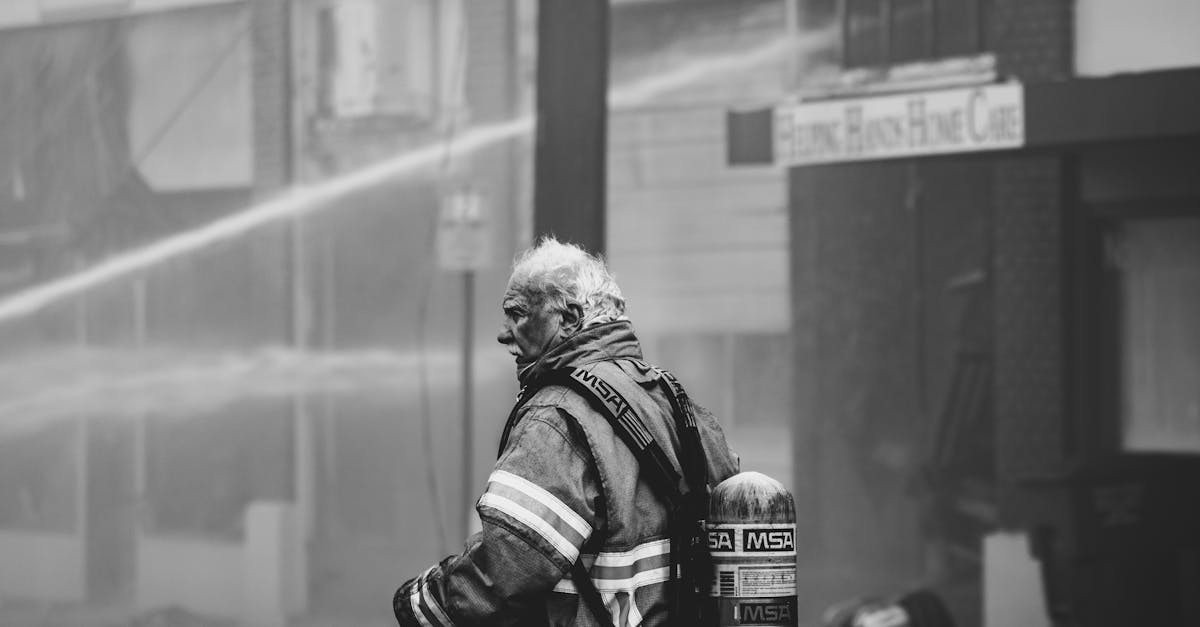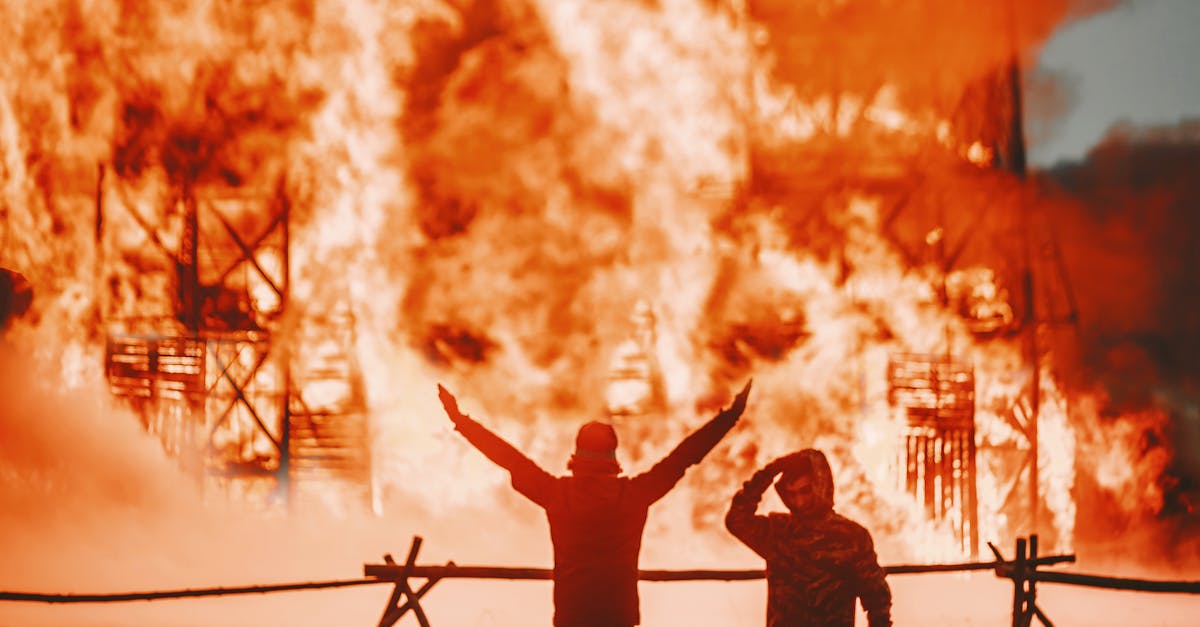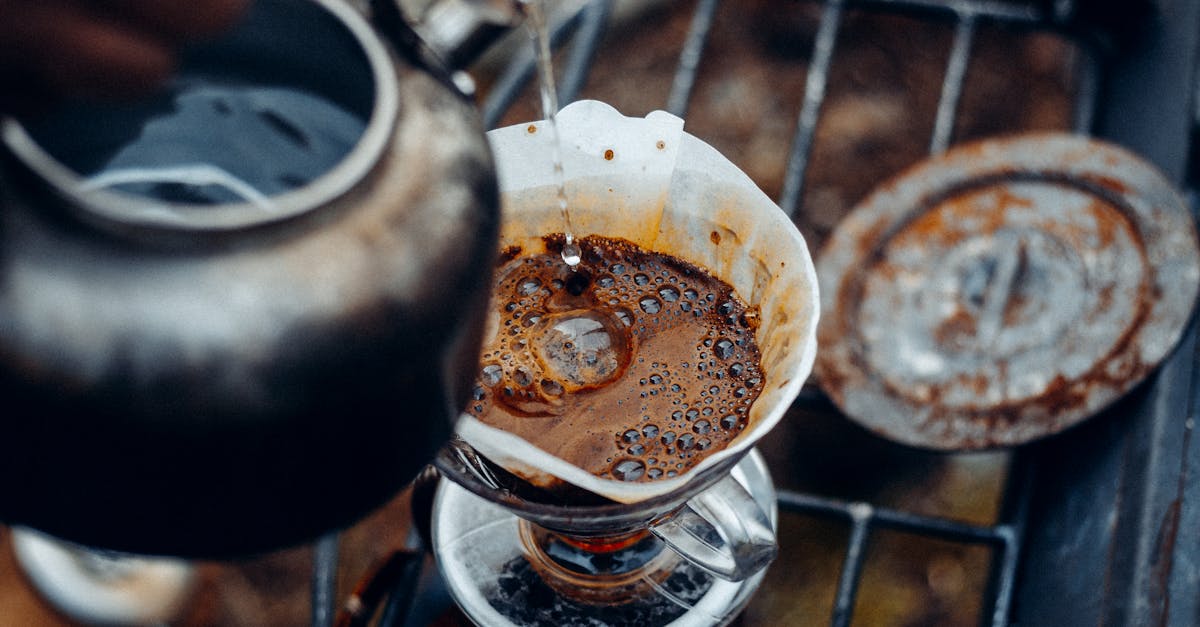
Table Of Contents
Cleaning the Burner Assembly
Cleaning the burner assembly is a crucial aspect of hot water system maintenance. This component plays a vital role in ensuring that the water heater operates efficiently. Over time, dust, dirt, and other debris can accumulate on the burner, causing reduced efficiency and potential safety issues. Regularly inspecting and cleaning this area can help maintain optimal performance and extend the heater's lifespan.
To clean the burner assembly, first, turn off the gas supply to the water heater and allow it to cool down. Remove the access panel to reach the burner. Carefully clean any buildup using a soft brush or vacuum to avoid damage. Ensure that all connections are secure before reassembling the unit. Following this process regularly will contribute significantly to effective hot water system maintenance.
Steps to Clean Gas Water Heaters
To begin cleaning a gas water heater, first, turn off the gas supply to ensure safety during the process. You will also need to turn off the water supply and allow the unit to cool down. Once the heater is cool, remove the front cover to access the burner assembly. Inspect the burner for any debris or soot that may have accumulated. A clean burner enhances efficiency and prevents issues like reduced heating performance.
Next, use a soft brush or vacuum to remove any dust and dirt from the burner assembly. Pay special attention to the pilot light and thermocouple, as these components can affect the heater’s functionality. After cleaning, reassemble any parts and restore both the gas and water supply. Regular cleaning is a vital aspect of Hot Water System Maintenance, ensuring steady performance and prolonging the lifespan of your heater.
Examining the Heating Elements
Regularly examining the heating elements in your hot water heater is essential for effective hot water system maintenance. These elements are responsible for heating the water within the tank, and their performance can significantly affect both efficiency and longevity. Over time, mineral deposits can accumulate on the heating elements, which can hinder their functionality and lead to reduced heating capacity. Visual inspections can reveal signs of wear and corrosion.
If you notice that your water heater is taking longer to heat water or is failing to reach the desired temperature, it may be necessary to check the heating elements more closely. In some cases, these can be removed for a thorough cleaning or replacement if they are damaged. Monitoring these components regularly will help ensure that your hot water system operates efficiently and maintains optimal performance.
When to Replace Heating Elements
A water heater's heating elements are crucial for its efficient operation. Over time, these elements can wear out, leading to decreased performance and insufficient hot water supply. Signs that indicate a need for replacement include inconsistent water temperatures or the presence of discolored water. Regular inspection is an essential part of Hot Water System Maintenance, as early detection of issues can prevent further complications and extend the life of the unit.
When assessing whether heating elements need replacement, consider their age and a visual inspection. If the elements show signs of corrosion, scaling, or physical damage, a replacement is warranted. Generally, heating elements should last several years, but factors such as water quality and usage patterns can shorten their lifespan. Keeping a close eye on these components during routine maintenance helps ensure a reliable hot water supply.
Insulating the Heater and Pipes
Insulating the heater and pipes in your hot water system is an essential part of hot water system maintenance. Proper insulation helps to reduce heat loss, ensuring that the water remains hot for as long as possible while minimizing energy consumption. This not only contributes to increased efficiency but also can lead to significant savings on energy bills over time. By wrapping the heater itself and the hot water pipes with insulation materials, homeowners can create a barrier that retains heat, preventing unnecessary energy expenditure.
In addition to energy savings, insulation also helps to protect pipes from freezing in colder climates. When temperatures drop, uninsulated pipes can become susceptible to freezing, which can lead to costly repairs. Utilizing materials such as foam sleeves or fiberglass insulation can effectively shield your hot water system from extreme temperatures. Regular checks on the insulation condition are important to ensure that it remains intact and effective, making it a key component of ongoing hot water system maintenance.
Materials Needed for Insulation
To effectively insulate your hot water heater and the pipes connected to it, you will need several materials. Foam insulation sleeves or wraps can help minimize heat loss through the pipes. Additionally, a water heater blanket can provide extra insulation over the tank itself. Duct tape or adhesive spray may be necessary to secure these materials in place, ensuring a snug fit.
Measuring tape is important for obtaining the right dimensions before purchasing insulation materials. A utility knife will be essential for cutting insulation to size. Lastly, a pair of scissors can also aid in shaping or trimming materials as needed during the installation process. Proper preparation and the right tools contribute significantly to hot water system maintenance.
FAQS
How often should I perform maintenance on my hot water heater?
It is recommended to perform maintenance on your hot water heater at least once a year to ensure optimal performance and longevity.
What are the signs that my heating elements need to be replaced?
Signs that heating elements may need to be replaced include inconsistent water temperatures, reduced hot water supply, and visible corrosion or damage to the elements themselves.
Can I clean the burner assembly myself, or should I hire a professional?
While you can clean the burner assembly yourself if you are comfortable with basic maintenance tasks, hiring a professional can ensure that the job is done safely and effectively.
What materials do I need for insulating my hot water heater and pipes?
To insulate your hot water heater and pipes, you’ll need insulation blankets or jackets, pipe insulation foam, and possibly duct tape to secure the materials in place.
Is it necessary to insulate my hot water heater?
Yes, insulating your hot water heater can improve its efficiency, reduce energy costs, and prevent heat loss, especially in colder climates.


